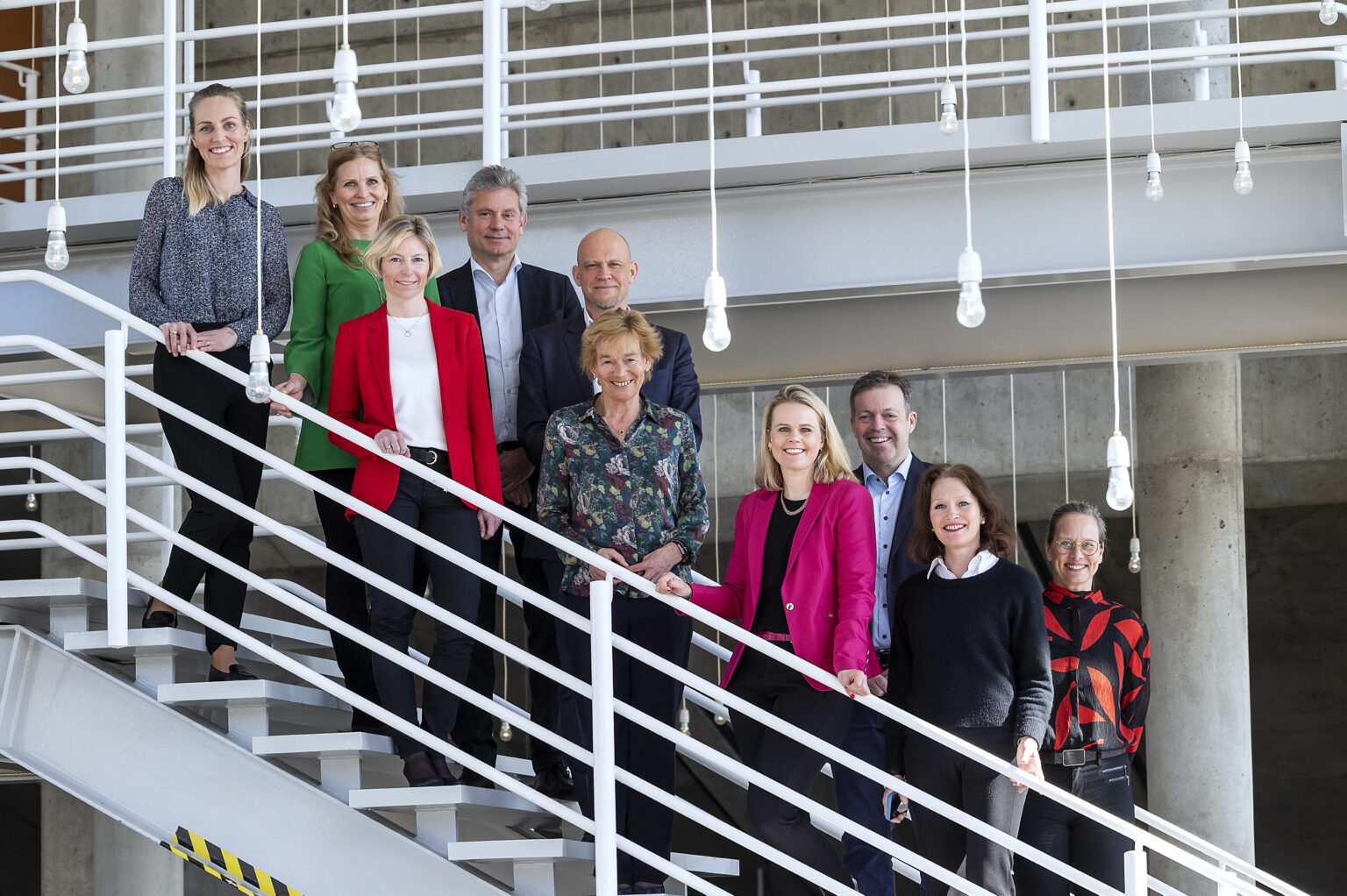Yesterday we hosted a digital event together with EY, where EY presented the key findings from The Norwegian Aquaculture Analysis, followed by a panel discussion between industry experts. The analysis predict a great future for Norwegian seafood, and points out that traditional aquaculture in the fjord have the largest and most sustainable growth potential in the short term.
Merete Skage, Maria Helsengreen and Eirik Moe from EY presented high-level findings from The Norwegian aquaculture analysis 2021, which collects key data from 1,247 companies in the seafood sector. The analysis predicts a new era of greatness for Norwegian seafood and points out that traditional aquaculture in the fjord have the largest and most sustainable growth potential in the short term. Key takeaways are continued positive prospects for aquaculture industry despite some important challenging to tackle going forward.

After the presentation from EY, we heard Krister Hoaas from Lerøy Seafood, Nina Grieg from Grieg Seafood, Anne Hvistendahl from DNB, and Alf-Helge Aarskog Senior Industry Consultant, Investor, and Assistant Professor at NMBU commenting on the findings. Sustainability and innovation was highlighted as some of the key factors to ensure growth within the industry.
In addition, Cargill, Benchmark Genetics, MSD, Pharmaq, The Norwegian Veterinary Institute and 5 former Seafood Trainees were contributing with perspectives on challenges and opportunities in the seafood industry.

Nina Stangeland from NCE Seafood Innovation guided us through the day and moderated the panel discussion.
“Despite two turbulent years, the aquaculture industry in Norway is stable. The figures from 2021 still show too high mortality – the fish’s health and welfare must be improved and mortality reduced if we are to increase production volume. Looking ahead, we must strengthen innovation and address the challenges in the industry strategically and through collaboration. These are industrial challenges that must be addressed both jointly and internally, regardless of whether we are talking about sustainability, circular economy, future feed ingredients and digitalization”. – Nina Stangeland, Managing Director, NCE Seafood Innovation.

“This year’s aquaculture analysis, supports that the trend of increased revenues and falling margins continues. If you want to break that trend, you must achieve biological improvement and efficiency through all the investments that are made. If the industry is able to use available technology, it will not only benefit the costs, but also contribute to a more sustainable aquaculture. At the same time, we note that the expansive investment that has been seen in land-based and offshore farming has proven to be more challenging and requires more time than the industry and investors envisioned. Another important point is that a shift to more sustainable operations in traditional aquaculture, in addition to long-term growth within land and offshore, will provide very exciting growth opportunities for the supplier industry in the future, also in an international perspective.” – Merete Skage, Partner, EY.
Thank you to all contributors to the program, giving excellent insight, and great perspectives towards the future.
We would also like to thank Bergen Live for production.
